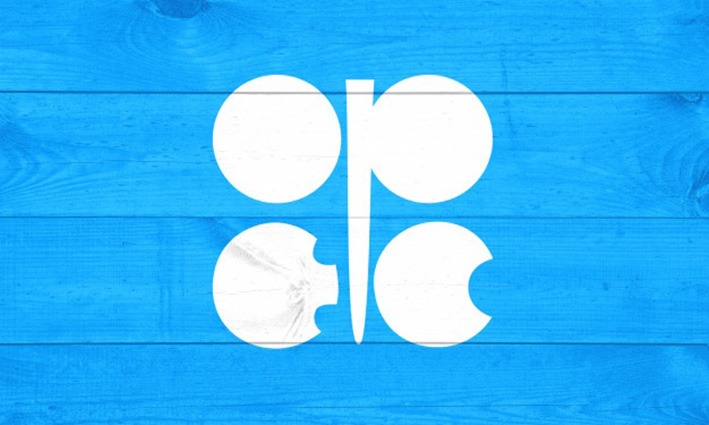OPEC, the Organization of Petroleum Exporting Countries, and its allies including Russia, known as OPEC+ see no need for more oil supply; despite last week’s call from the United States to boost the output, in an attempt to drive down gasoline prices; seen in the U.S. as a threat to economic recovery.
Firstly, as we reported previously, Joe Biden’s administration las week, called out for OPEC to boost its oil production; the move came as contradictory, and even disastrous; as it was also contrary to Biden’s pledge to fight climate change.
Secondly, OPEC agreed back in July that it would boost oil output by 40,000 barrels per day, every month from August, until the output reductions of 5,8 million bpd, were fully phased out. In this regard, an anonymous source, told Reuters that OPEC said there was no need to release extra oil. As the current output increase wouldn’t leave any demand unmet.
Thirdly, Reuters points out that two other anonymous sources, said that OPEC’s outlook for oil demand, and the increase strategy, will be effective; in fact, OPEC’s forecast and the International Energy Agency both indicated no need for extra oil.
Also recommended for you: Bakken Energy and Mitsubishi Power to redevelop gas plant in ND. Click here to read.
OPEC to hold new meeting in Sept. 1
Moreover, it was joe Biden’s national security adviser Jake Sullivan, who criticized big drilling nations; including Saudi Arabia, and said that current levels of oil production wouldn’t be enough to meet global demand. “At a critical moment in the global recovery; this is simply not enough,” Sullivan said.
In addition, Sullivan’s statement revived memories from the Trump era, when his administration threatened to withdraw military support from OPEC’s leader Saudi Arabia if it did not boost supply.
Furthermore, OPEC will hold a meeting on September 1 to review the situation; three of the sources also said that by that date more data will be available, and data will drive OPEC’s next decision.
On the other hand, gasoline prices in the U.S. have increased substantially, after establishing a record of low prices, below the $2 dollars per gallon. Now, is around $3,18 per gallon at the pumps; according to the American Automobile Association.


